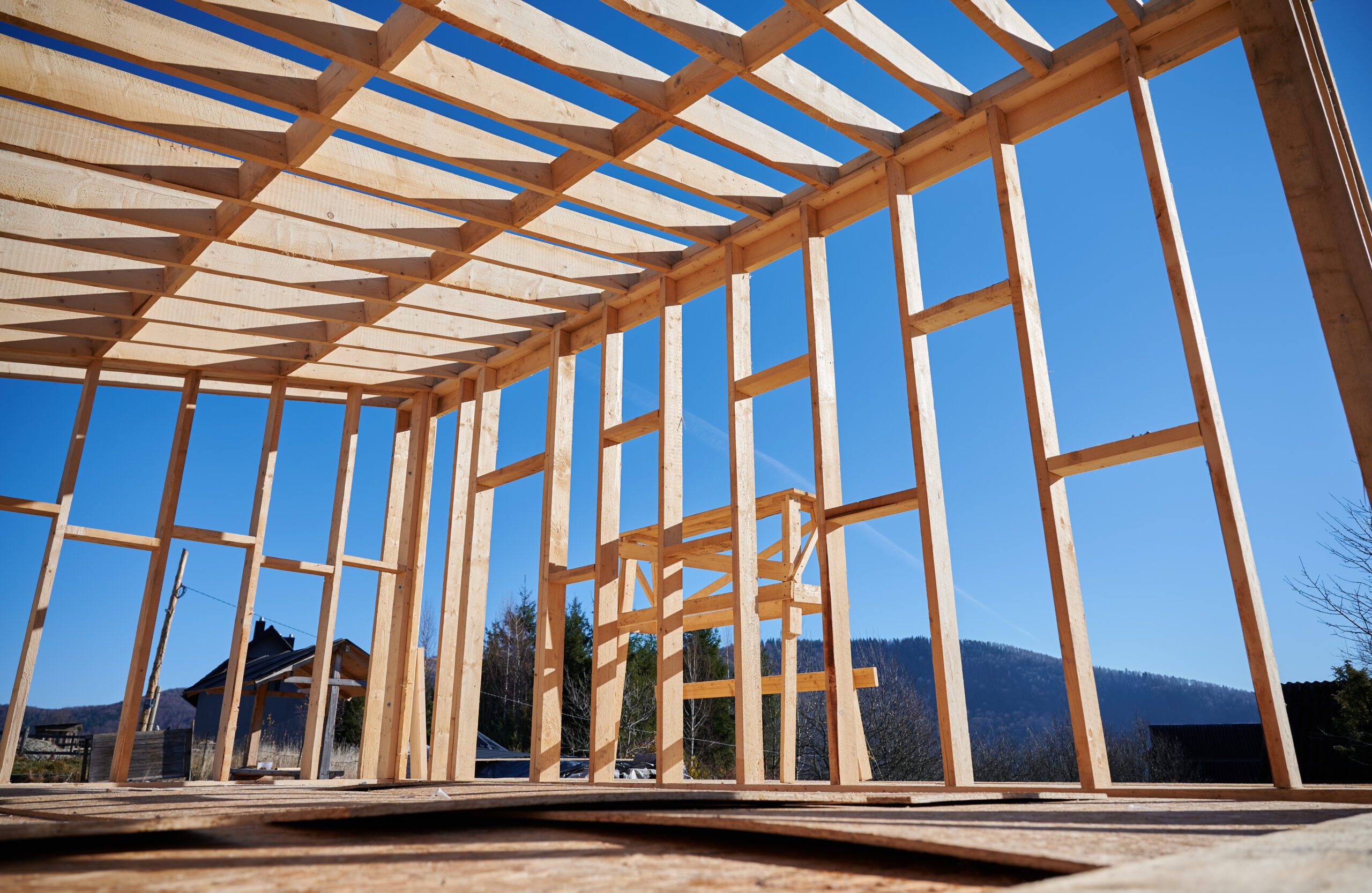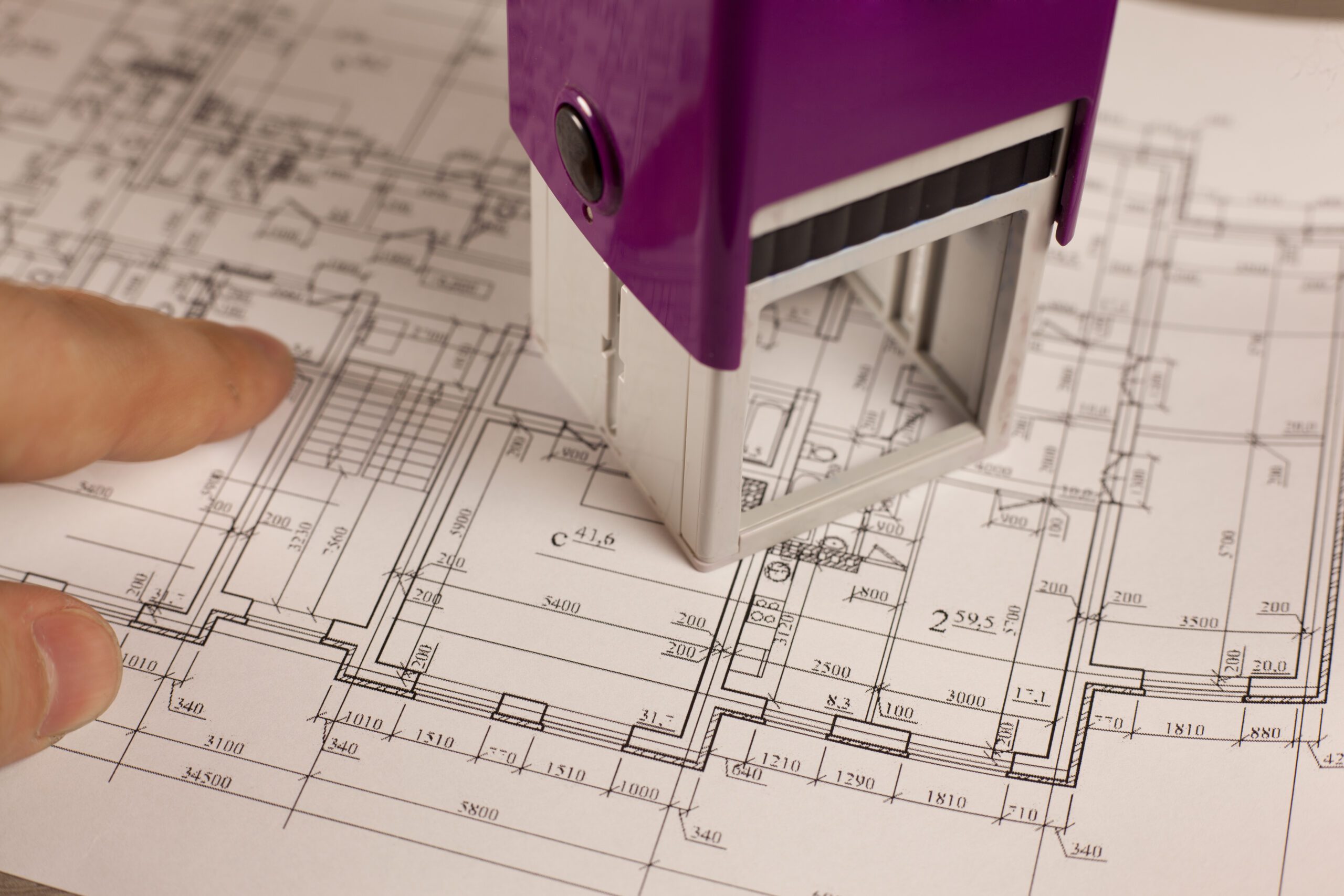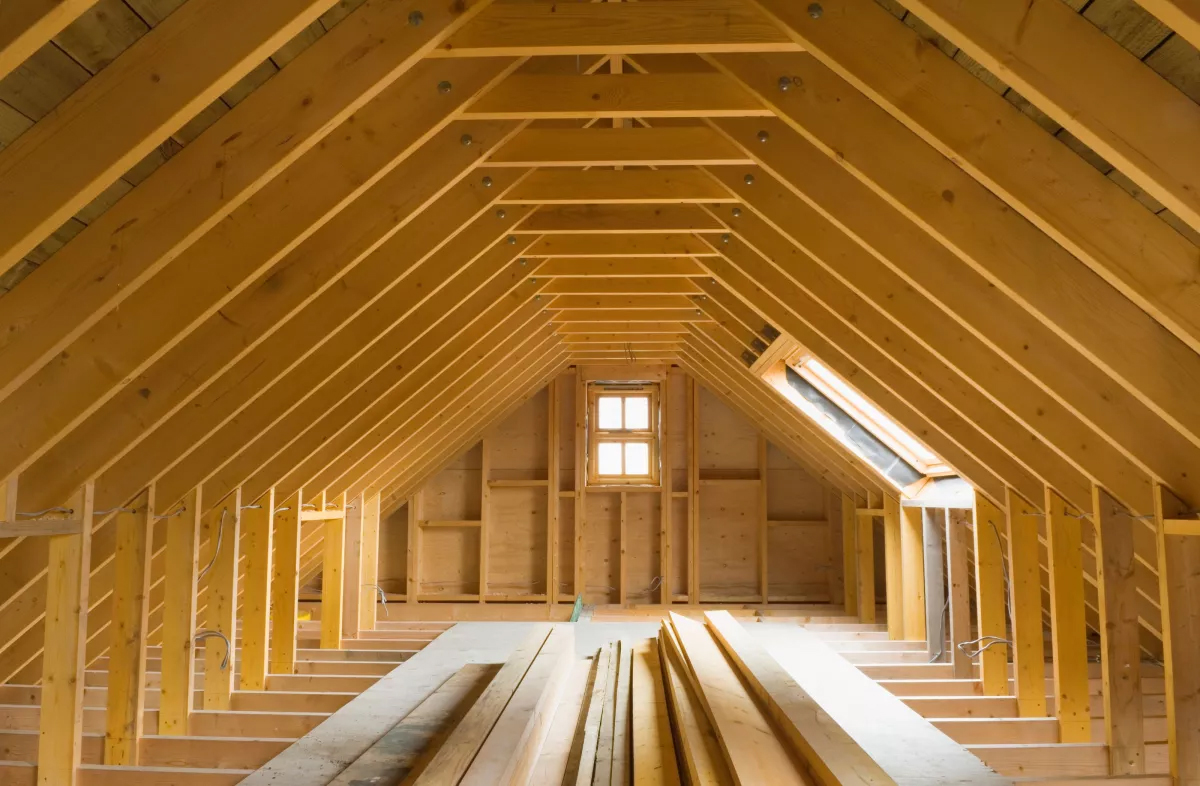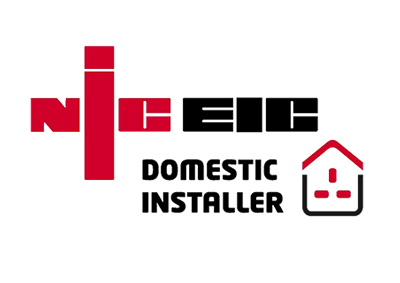Working from Home: Plan Your Perfect Home Office
Unraveling the Mystery of The Air Source Heat Pump
Sustainable Working
Looking for an Architect?
Understanding SAP 11 and Its Significance for Electric Heating Specifiers
The Ultimate Guide to Post-Construction Cleaning
Convert a House into Flats
Building a new home can be an exciting yet daunting experience, filled with numerous decisions and challenges. However, with the advancements in technology, building a new home is becoming much easier than before. Technology has revolutionised the entire construction industry, from design to construction, making the entire process faster, more efficient, and cost-effective. In this article, we'll explore how technology is transforming the process of building a new home, and how it can make the entire experience easier for homeowners.

Design and Planning
In the past, designing and planning a new home was a time-consuming process, and required a lot of effort and expertise. However, with the advent of technology, designing and planning a new home has become easier and more efficient. Architects and designers now use advanced software and tools to create detailed 3D models of homes, making it easier for homeowners to visualise their future homes. These models are not only more accurate, but they also allow for easier collaboration between architects, designers, and homeowners. Homeowners can easily make changes and modifications to the design, which can be instantly reflected in the 3D model.
In addition, technology has also made it easier to plan the construction process itself. Construction management software, such as Procore and PlanGrid, allow builders and contractors to create detailed construction schedules, track progress, and manage resources efficiently. These tools ensure that the construction process is well-organised and runs smoothly, minimising delays and reducing costs.
Materials and Construction Techniques
Another area where technology has had a significant impact on the building process is in materials and construction techniques. Innovative materials such as cross-laminated timber (CLT) and insulated concrete forms (ICFs) have made construction faster, easier, and more energy-efficient. These materials are not only eco-friendly, but they are also cost-effective and durable, making them ideal for new home construction.
Technology has also made it possible to use prefabricated or modular construction methods, which significantly reduce construction time and costs. Modular construction involves building components of a home in a factory and then assembling them on-site, while prefabricated construction involves building entire sections of a home in a factory and then transporting them to the construction site for assembly. These methods not only save time and money, but they also reduce waste and are more eco-friendly.
Smart Home Technology
Smart home technology is rapidly gaining popularity among homeowners, and for good reason. Smart home technology makes it possible to control various home systems and appliances remotely, from anywhere in the world, using a smartphone or other connected device. This technology can make the entire building process easier by allowing homeowners to control and monitor various aspects of their new home remotely. For example, homeowners can control their home's temperature, lighting, and security systems remotely, making it easier to monitor and adjust settings as needed.
Smart home technology can also make the home-building process more efficient by allowing builders and contractors to monitor and control various aspects of the construction process remotely. For example, sensors can be used to monitor temperature and humidity levels during construction, ensuring that building materials are being used in the most effective way possible. This technology can also be used to monitor construction progress and identify potential issues before they become major problems.
Here are some specific changes in materials used in building a new home that technology has facilitated:
- Cross-laminated timber (CLT): a wood-based product that has a high strength-to-weight ratio, making it ideal for building large structures such as floors, walls, and roofs. CLT is easy to transport and assemble, reducing construction time and costs.
- Insulated concrete forms (ICFs): foam blocks or panels that are used as formwork for concrete, creating a well-insulated and sturdy building envelope. ICFs reduce energy consumption and improve indoor air quality by preventing the entry of pollutants and allergens.
- Smart glass: glass that can change its properties in response to external stimuli, such as light or heat. Smart glass can be used to control the amount of natural light entering the home and to block heat from the sun, reducing energy consumption and improving comfort.
- 3D-printed concrete: concrete that is printed layer by layer using a robotic arm or a large-scale printer. 3D-printed concrete can create complex and unique shapes, reducing the need for formwork and increasing design flexibility. 3D printing can also reduce waste and speed up construction time.

Self-healing concrete:
Concrete that can repair cracks on its own, reducing the need for maintenance and increasing durability. Self-healing concrete contains bacteria that can produce calcium carbonate, which fills the cracks and restores the concrete's strength.
Self-healing concrete is a type of concrete that has the ability to repair itself when cracks or damages occur. The concept of self-healing concrete has been around for a few decades, but it has gained more attention and popularity in recent years due to the increasing need for sustainable and long-lasting construction materials.
The process of self-healing concrete involves incorporating tiny capsules filled with a healing agent into the concrete mix. When the concrete cracks, the capsules break open and release the healing agent, which then fills in the cracks and binds the concrete back together. This process is similar to the way our bodies heal wounds by producing new tissue.
There are several types of healing agents that can be used in self-healing concrete, including bacteria, fungi, and polymers. Bacteria-based healing agents work by producing calcium carbonate, which can fill in cracks in the concrete. Fungi-based healing agents work by producing calcium oxalate, which can also fill in cracks. Polymer-based healing agents work by swelling in the presence of water and filling in the cracks.
The benefits of self-healing concrete are numerous. Firstly, it can significantly increase the lifespan of concrete structures and reduce maintenance costs. This is particularly important in areas with harsh weather conditions or high traffic volumes. Secondly, self-healing concrete can reduce the environmental impact of construction by reducing the need for repairs and replacements, and by using sustainable healing agents such as bacteria or fungi. Lastly, self-healing concrete can improve safety by reducing the risk of structural failures and accidents.
Despite its many benefits, there are also some limitations to self-healing concrete. The cost of incorporating the healing agents into the concrete mix can be high, and there may be concerns about the long-term durability and effectiveness of the healing agents. Additionally, the process of incorporating the healing agents into the concrete mix may require specialised equipment and expertise, which can make it difficult to implement on a large scale.
Conclusion
The advancements in technology have transformed the entire home-building process, making it faster, more efficient, and more cost-effective. With advanced design software, innovative materials and construction techniques, and smart home technology, building a new home has never been easier. These technologies not only make the process of building a new home easier for homeowners, but they also reduce waste and are more eco-friendly, making them ideal for the 21st century. As technology continues to evolve, we can expect to see even more advancements that will make building a new home easier and more accessible to everyone.










